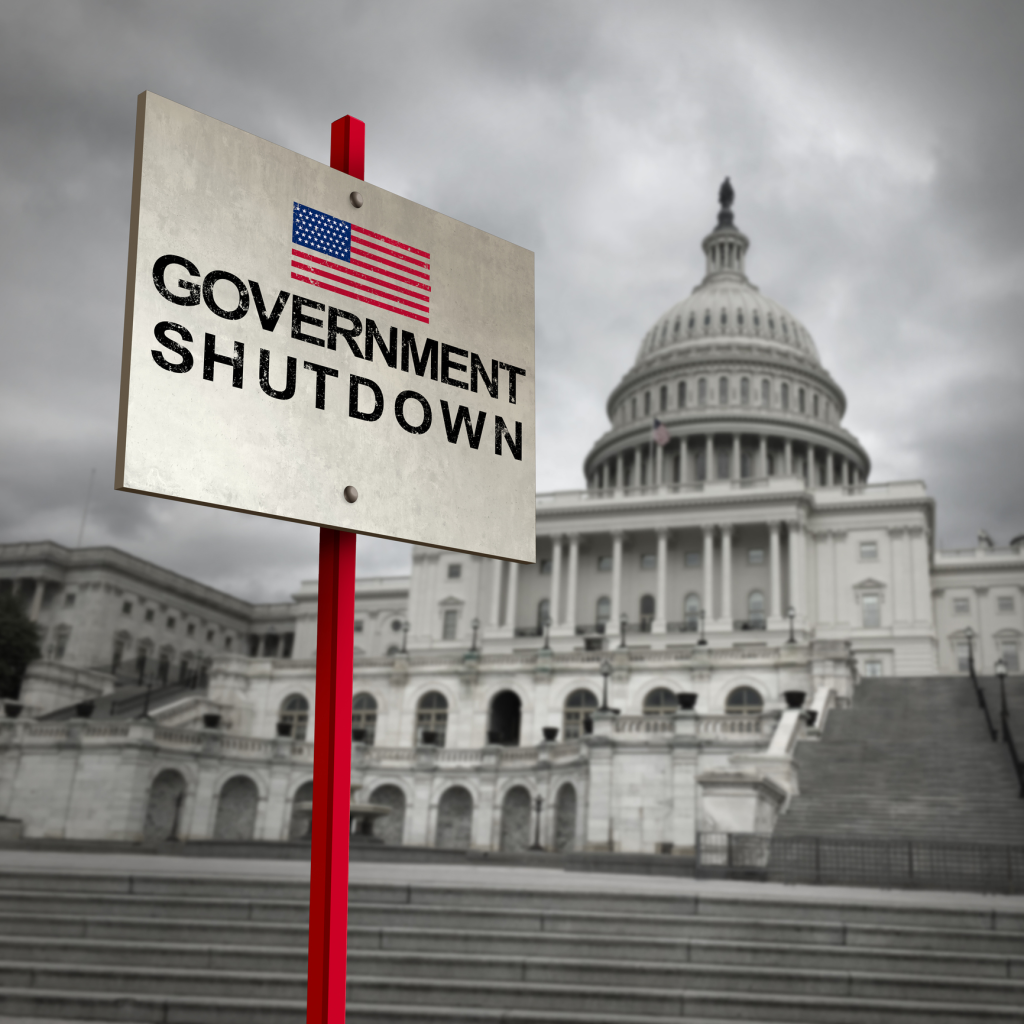A government shutdown occurs when Congress fails to pass funding bills or continuing resolutions needed to keep federal agencies running. When this happens, many public services stop, and thousands of workers are affected.
Understanding how shutdowns work and their wide-ranging effects is essential for both citizens and businesses. This guide explains why shutdowns happen, how they impact different sectors, and what can be done to reduce the risks.

What Causes a Government Shutdown?
A federal government shutdown usually results from a budget deadlock in Congress. Lawmakers may disagree on spending levels, policy issues, or specific funding priorities.
If no agreement is reached, non-essential federal operations are suspended until a new budget or temporary funding measure is approved.
Immediate Impacts of a Government Shutdown
On Federal Employees
One of the first groups affected by a government shutdown is federal employees. Many are furloughed — placed on unpaid leave — while essential workers must continue to work without immediate pay.
This can cause serious financial stress for families who depend on regular income from federal jobs.
On Public Services
During a shutdown, various public services are delayed or suspended. National parks may close, passport applications slow down, and health or food assistance programs can face interruptions.
These disruptions inconvenience citizens and can hurt industries such as tourism and transportation.
Economic Consequences
The economic impact of a government shutdown can ripple across the country. Local economies near federal offices or national parks often suffer reduced business activity.
Companies that rely on government contracts face payment delays, which may lead to layoffs or financial losses. In severe cases, consumer confidence can drop, affecting broader market stability.
Long-Term Effects of Repeated Shutdowns
Frequent government shutdowns weaken public trust in government stability and efficiency. Over time, they can also increase federal borrowing costs and contribute to the national debt.
These recurring disruptions may discourage investment and slow economic growth.
How to Prepare for a Government Shutdown
While shutdowns are driven by politics, individuals and businesses can take practical steps to protect themselves:
- Federal employees: Build an emergency fund to cover living costs during furloughs.
- Businesses: Diversify clients and reduce reliance on federal contracts.
- Families: Track official updates and plan ahead for service disruptions.
Staying Informed
To stay prepared during a government shutdown, follow reliable sources for real-time updates:
- U.S. Office of Personnel Management (OPM) – guidance for federal employees.
- USA.gov – official government updates and resources.
- Reuters – U.S. Government Shutdown News – live coverage and analysis.
You can also explore related topics like how federal budgeting works or ways government policy affects the economy.

Conclusion
Understanding the impacts of government shutdowns helps individuals and businesses prepare for uncertainty. Shutdowns affect everything from federal paychecks to national economic health.
By recognizing their causes and planning ahead, you can reduce the risks and stay resilient when political gridlock halts government operations.



